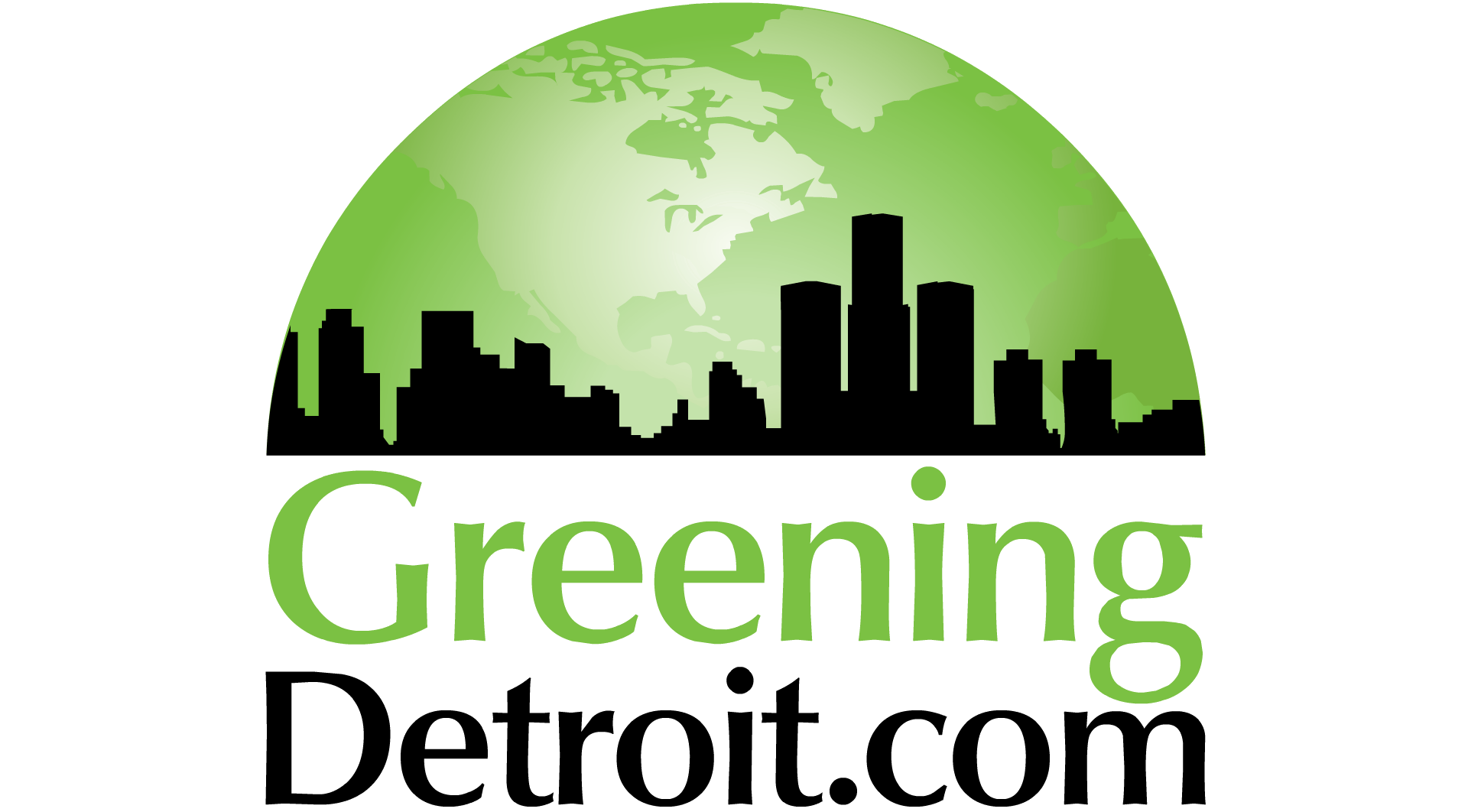Preliminary Energy Savings Announced for ASHRAE/IES 2016 Energy Standard
 ATLANTA More than 30 percent energy savings can be achieved using the 2016 version of Standard 90.1, according to recent analysis conducted by Pacific Northwest National Laboratories (PNNL) in support of the U.S. Department of Energy (DOE) Building Energy Codes Program.
ATLANTA More than 30 percent energy savings can be achieved using the 2016 version of Standard 90.1, according to recent analysis conducted by Pacific Northwest National Laboratories (PNNL) in support of the U.S. Department of Energy (DOE) Building Energy Codes Program.
An update on the preliminary results of the 90.1-2016 progress indicator report was made at the recent 2017 ASHRAE Winter Conference. ANSI/ASHRAE/IES Standard 90.1-2016, Energy Efficiency Standard for Buildings Except Low-Rise Residential Buildings, was published in October 2016.More

 Special Guest Speaker James L. Newman
Special Guest Speaker James L. Newman “Three great events at one venue. The combination of the Michigan Energy Fair, The Sustainable Living Summit 2016, and the Great Lakes Emergency Preparedness Expo, all in one place, for one weekend, could be the most fun and educational family friendly event you will attend all year.” –Doug Elbinger, Michigan Energy Fair
“Three great events at one venue. The combination of the Michigan Energy Fair, The Sustainable Living Summit 2016, and the Great Lakes Emergency Preparedness Expo, all in one place, for one weekend, could be the most fun and educational family friendly event you will attend all year.” –Doug Elbinger, Michigan Energy Fair Helping buildings and their systems withstand and recover from natural disasters requires a lot of technical knowledge. Fortunately, ASHRAE has dozens of resources available to help designers make buildings more resilient. The Society took part in todays White House Conference on Resilient Building Codes.
Helping buildings and their systems withstand and recover from natural disasters requires a lot of technical knowledge. Fortunately, ASHRAE has dozens of resources available to help designers make buildings more resilient. The Society took part in todays White House Conference on Resilient Building Codes. “How to Turn Your Existing Building into a High Performance Facility” is one of the most popular talks I give around the country, internationally and in webinars. Why? It works. There are many complicated and expensive fixes you can make to improve the performance of your existing building. And if you’re thinking about them, then you probably should do them. By the way, no self-respecting contractor should make any of those without a proper ASHRAE Level 2 Energy Audit. (
“How to Turn Your Existing Building into a High Performance Facility” is one of the most popular talks I give around the country, internationally and in webinars. Why? It works. There are many complicated and expensive fixes you can make to improve the performance of your existing building. And if you’re thinking about them, then you probably should do them. By the way, no self-respecting contractor should make any of those without a proper ASHRAE Level 2 Energy Audit. ( The development of biomass requirements is being explored by ASHRAE, the U.S. Green Building Council (USGBC) and the Illuminating Engineering Society (IES), are considering the development of biomass requirements for inclusion in their green building standard ASHRAE/IES/USGBC Standard 189.1, Standard for the Design of High Performance Green Buildings. The standard contains minimum requirements for the siting, design and construction of high-performance green buildings in support of reducing building energy, resource consumption and other environmental impacts.
The development of biomass requirements is being explored by ASHRAE, the U.S. Green Building Council (USGBC) and the Illuminating Engineering Society (IES), are considering the development of biomass requirements for inclusion in their green building standard ASHRAE/IES/USGBC Standard 189.1, Standard for the Design of High Performance Green Buildings. The standard contains minimum requirements for the siting, design and construction of high-performance green buildings in support of reducing building energy, resource consumption and other environmental impacts.
